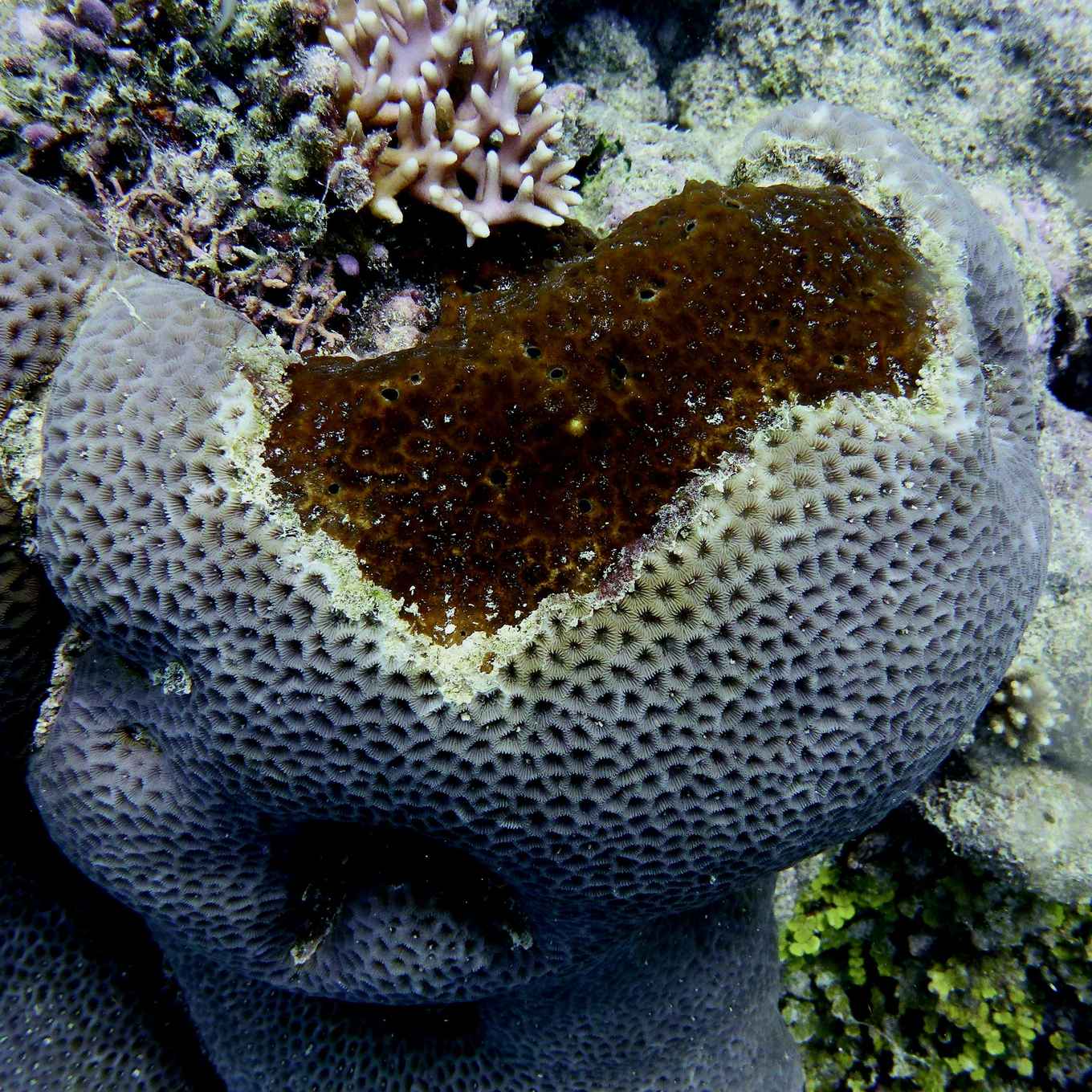Article on sponge symbiosis published in Proceedings of the Royal Society B
9 December 2019

An international research team, including Dr Jasper de Goeij of the FAME-department of IBED zoomed in to sponge cells to track if, and how, they take up DOM. They found that specialized sponge cells effectively 'drink' DOM, independently of the bacterial symbionts that they host!
Recently an article about this research was published in Proceedings of the Royal Society B:
Single-cell visualization indicates direct role of sponge host in uptake of dissolved organic matter
Authors: Michelle Achlatis1,2,3, Mathieu Pernice4, Kathryn Green5, Jasper M. de Goeij6,
Paul Guagliardo7, Matthew R. Kilburn7, Ove Hoegh-Guldberg1,2,3 and Sophie Dove1,2